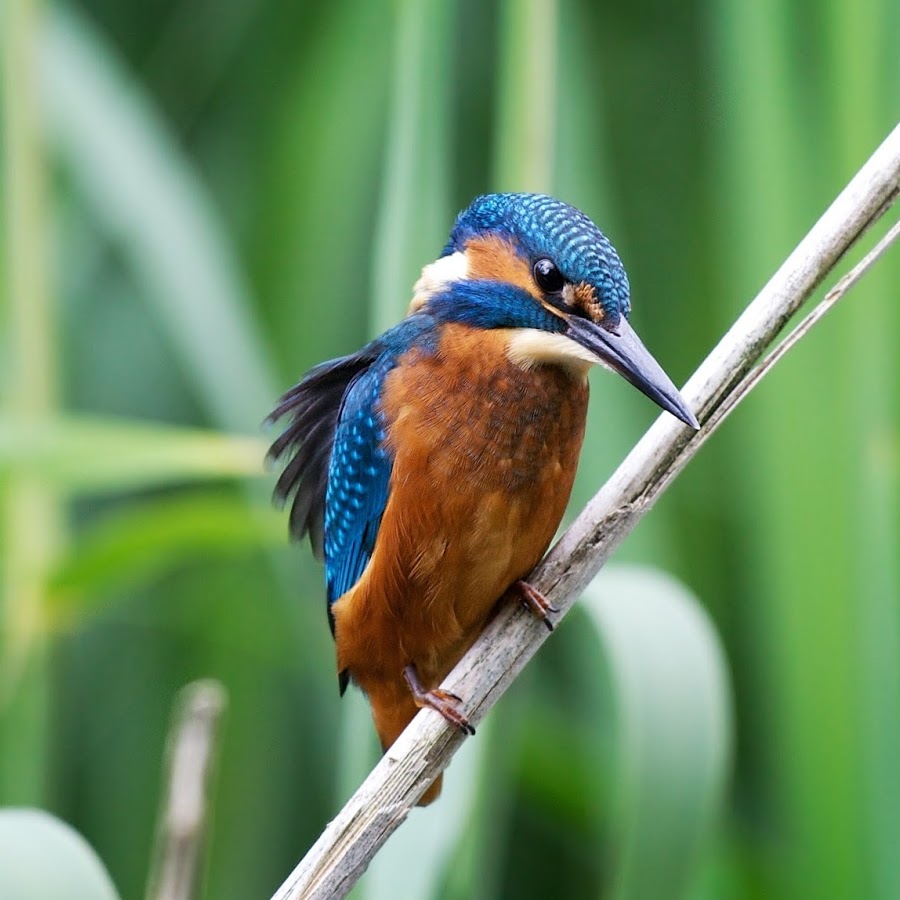Video Player is loading.
60
views •
May 29, 2017
British Wildlife - Bees

Natural World Facts
0 Followed
Welcome to another episode of Natural World Facts!
This fact file is all about the Bee in the series British Wildlife.
Watch extended bee footage: https://www.youtube.com/watch?v=NgMTlvu_k2c
All footage taken by Leo R.
It’s springtime, meaning the garden is buzzing with the sound of bees, collecting pollen and nectar from a variety of flowers and blossom. They’re attracted to the bright colours and sweet smells of the flowers which rely on the bees to distribute their pollen. This is known as cross-pollination, which some plants require in order to produce seeds. The relationship between bees and flowers is symbiotic as the bees are also rewarded for their hard work by a sweet mixture of water and sugars called nectar which is produced by plants.
There are around 250 species of UK bees, but they come under three main types: bumblebees, honeybees and solitary bees. The type flying around this lavender are honeybees.
Bees have long tongues, called a proboscis, which they use to suck nectar from flowers. They keep the nectar in a special honey stomach and once this stomach is filled up, they return to the hive to make honey. The flowers produce the sweet nectar to attract pollinators like bees. When a bee lands on a flower it picks up pollen sacs from the stamen (the male reproductive organ of the flower) which stick to their feet and hairy bodies. When they fly to another flower, the pollen rubs off onto the stigma (the female reproductive organ of the flower) and the plant has been cross-pollinated. This makes fertilization possible, and a fruit, carrying seeds, can develop.
Bees seem to be particularly attracted to blue flowers, and yellow flowers which appear blue to them. So if you’re hoping to attract bees to your garden, it’s a good idea to go for blue or yellow.
Honey bees are about 15 mm long and are light brown in colour. They have oval-shaped bodies with light and dark stripes. The brightly coloured bodies of the honey bee serve as a warning to predators of the honey bees’ ability to sting.
Bumblebees are larger and hairier than honeybees, with black and yellow banding. Along with honeybees, they can be found throughout the garden as well as in parks, woods, orchards and meadows in spring until late autumn.
In winter, the bees in a bumblebee colony die off and only the queen bee survives. She usually burrows down in the soil to hibernate and then emerges in the spring to start a new colony. Honeybees, however, stay close together in their hive to keep warm, while solitary bees (which don’t live in hives) hibernate wherever they can find shelter.
The distinctive ‘buzzing’ sound bees make is created when they flap their wings very fast (up to 200 times per second) which creates vibrations in the air, which we hear as buzzing. If they feel threatened, they flap their wings more so the buzzing gets louder.
Natural World Facts is a channel dedicated to bringing you fascinating facts about our natural world, and the wonderful animals that we share it with.
Subscribe for more videos!
Leave a suggestion in the comments for what animal you would like to learn about next.
Show All 
Comment 0
